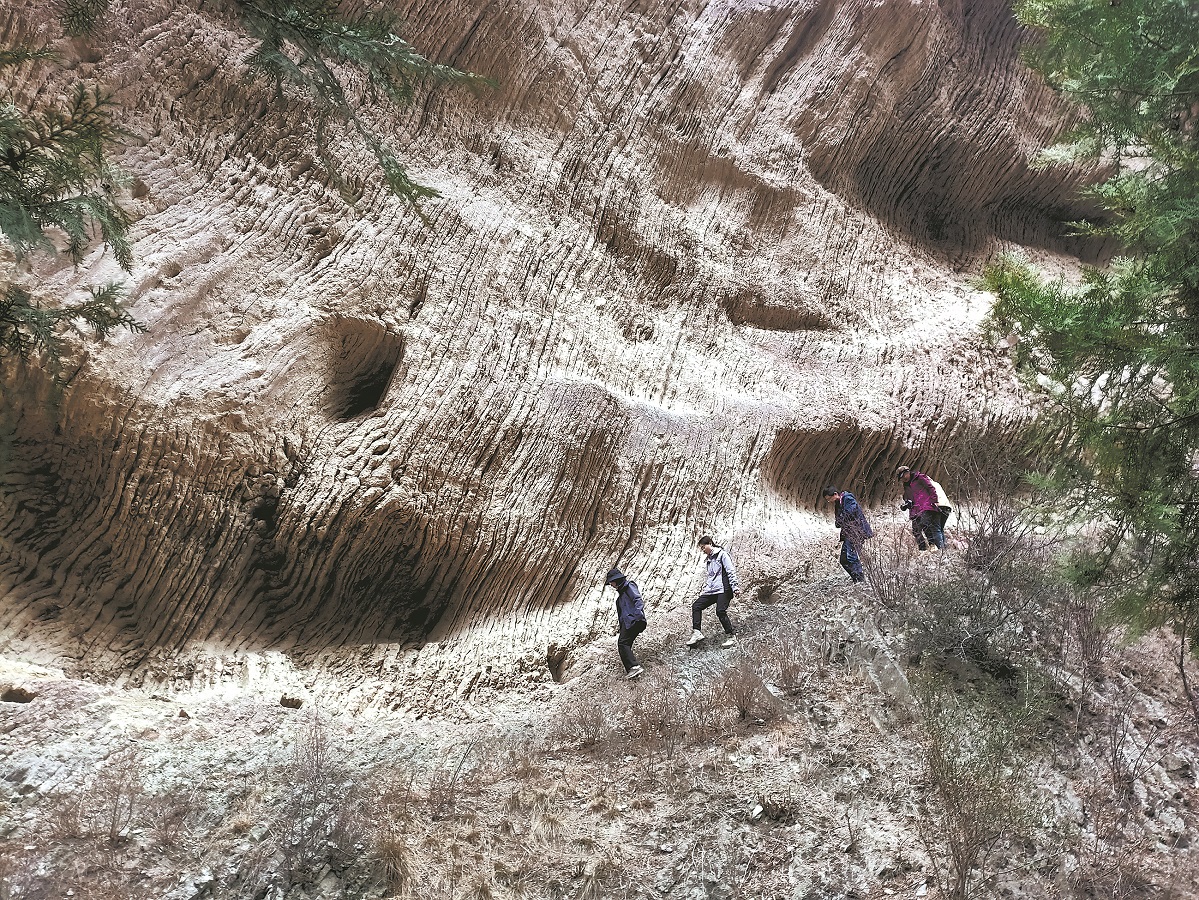Ancient roads paved foundation of national unity
Research reveals Shudao network's role in connecting people from different areas, cultures






Path to understanding
At a temple in Jiange county, Fu Yubin and his team carefully measure an 800-year-old stone tablet while studying the blurred inscriptions.
It records how a magistrate during the Southern Song period (1127-1279) organized locals to maintain the roads and plant trees along them, an indication that environmental awareness existed centuries ago.
The team, from the county's cultural relics protection and management office, is part of the ongoing fourth national census on cultural relics being conducted across China.
Trekking remote mountains and forests, its six members have verified and registered 30 new cultural relics from 120 reported across the county. Over 30 potential new discoveries are also waiting for final evaluation.
The team has also erected protection signs for newly discovered cultural heritage items and assigned custodians to ensure their safety.
"The locals are very welcoming," Fu said. "A villager once guided us deep into the wilderness. We traversed the remote terrain for more than an hour, using a machete to clear dense vegetation before locating a hidden inscribed stone tablet."
As a participant in the third national census on cultural relics in China from 2007 to 2011, Fu has seen great changes in the field.
"Gone are the days of relying solely on measuring tapes. Now, digital devices record relic dimensions with greater accuracy. We also have advanced tools like drones to capture detailed site photos from above," he said.
The current mechanism establishes a scientific framework and clearly delineates responsibilities among departments.
Fu said the fourth census will improve understanding of the cultural heritage associated with ancient roads. "We've carefully studied the stories behind each tablet inscription, stone monument and ancient building, thereby enriching understanding of our cultural heritage resources," he said.
He has also noticed the government now pays much more attention to cultural heritage conservation, stressing the importance of uncovering the historical value of relics and bringing them to life. As a result, public awareness of relics preservation has greatly improved.
"The spirit of the ancient roads, forged through millennia, embodies the unyielding resilience of our ancestors who carved pathways through mountains while working in harmony with the rugged landscape," said Cai Dongzhou, a professor at the School of History and Culture, China West Normal University, in Nanchong, Sichuan.
"This legacy of perseverance and adaptive ingenuity continues to inspire generations," he said.
"Its ecological value also benefits us greatly," Cai added. "In Cuiyun Corridor, for example, both (various) governments and the general public have actively planted and protected the ancient cypress trees for generations. It's also a typical example of eco-friendly civilization."




















